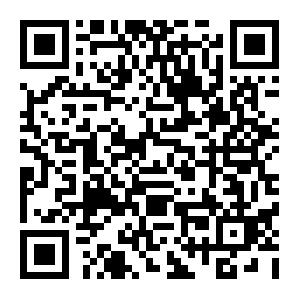基于等离子体气动激励的斜劈诱导激波控制
Ramp-induced shock wave control through plasma aerodynamic actuation
-
摘要: 基于弧光等离子体气动激励,采用不同的放电通道间距、放电通道数、放电直流输入电压、斜劈劈角、有无磁场作用等激励条件,实验研究了在超音速来流条件下(马赫数为2.2)斜激波位置、角度、强度的变化规律。结果表明:施加等离子体气动激励后,激波的起始位置平均前移1~8 mm,激波角平均减小4%~8%,激波强度平均减弱8%~26%。这主要是由于等离子体气动激励产生高温高压的表面等离子体层,使边界层分离点逆气流前移,改变了原有激波系结构,使原有的激波位置前移,激波角减小;同时由于局部的高温导致当地音速增大,使得当地马赫数减小,上述两个原因均可导致激波强度减弱。Abstract: Based on surface arc plasma aerodynamic actuation, demonstration experiments have been conducted on the variation rules of the shock wave’s position, degree and intensity through varying actuation conditions (such as discharge channel number and spacing, DC discharge voltage, ramp angle and magnetic field) in Mach number 2.2 supersonic flow. The results indicate that, when applying plasma aerodynamic actuation, the start position of the shock wave moves upstream 1 mm to 8 mm averagely, the shock wave angle decreases by 4% to 8% averagely, and the shock wave intensity weakens by 8% to 26% averagely. The local plasma aerodynamic actuation can produce high temperature and pressure plasma layer. The plasma layer makes the separation point of the boundary layer move upstream, which changes the
-
Key words:
- plasma /
- arc discharge /
- shock wave /
- boundary layer
-

 点击查看大图
点击查看大图
计量
- 文章访问数: 2095
- HTML全文浏览量: 253
- PDF下载量: 516
- 被引次数: 0




 下载:
下载:
